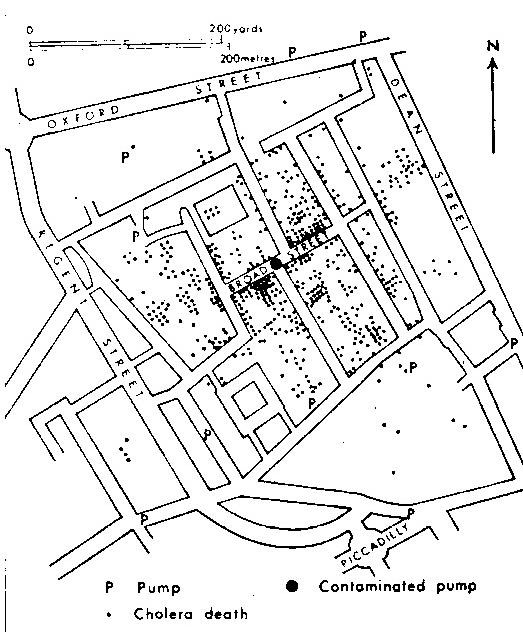But what is creativity? For me creativity is that ability to think outside of the box...any box, artistic or otherwise. One of my best friends is one of the most creative people I know, writing programs that creativity resolve problems like a computer talking to a communications device, or fixing physics demos when I can't even identify a problem. However, because I can do artistic things like draw a picture that looks like the object I am attempting to draw I am automatically considered the more creative one.
Why the limitation? In the old days creativity was attributed to the Gods. People were not geniuses, they had geniuses... akin to the little muses. When you came up with a good idea, your genius gave it to you. Does that not happen to scientists as well? Do they not have an idea for an elegantly designed experiment that can be just as hard to properly execute as a play? Maybe we need to redefine the definition of creativity and imagination.
Creativity is critical thinking ability to resolve problems that can't be solved in the normal way. Copernicus was made famous because he thought creatively and discovered another solution to a common problem. I look at several nobel prize winners in virology and was surprized to see what they studied before their prizewinning research. Wendell M. Stanley was a football player who became the chemist who crystalized viruses and discovered the fact that they had characteristics of organic and inorganic matter... John Enders discovered how to grow viruses outside of the body and he started life as a pilot. Their ability to think outside the box made leaps and bounds in science that wouldn't have happened otherwise.
What is the benefit of thinking outside of the proverbial box? You can think outside of conceptions of a field and come up with something new. One example is found in the video below...where a computer engineer discovered a way to find life in ways that we would expect with computer viruses and statistics. Amazing to think that using creative juices in science as well as art can bring us further than anything else.











